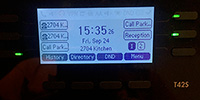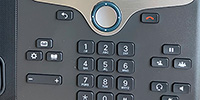BT Openreach has announced a delay in the planned shutdown of the UK's traditional copper-based Public Switched Telephone Network (PSTN) and Integrated Services Digital Network (ISDN) services. Originally set for December 2025, the switch-off has been postponed to the 31st January 2027. This extension provides additional time for businesses, consumers, and service providers to transition to modern digital communication technologies.
The shift from analogue to digital involves replacing legacy copper lines with fibre-optic infrastructure, enabling services like Voice over Internet Protocol (VoIP). Openreach has been progressively ceasing the sale of copper-based products, with a nationwide stop-sell implemented from 5 September 2023. The full transition aims to enhance the UK's telecommunications infrastructure, offering faster and more reliable services.
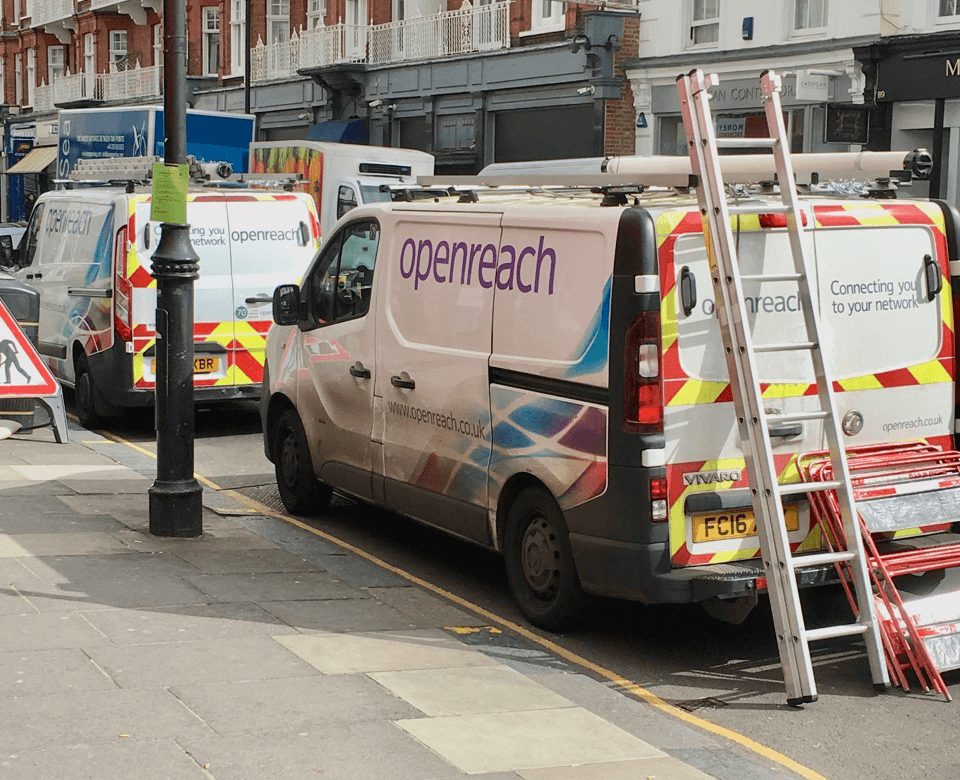
While the final switch-off is scheduled for January 2027, existing copper-based services will be subject to new terms after December 2025, including a three-month termination notice periods. Given this, it is a good idea to look at your current systems, especially those relying on landlines for alarms, payment terminals etc, and Internet Service Provision circuits. If you have not already done so you should be porting your key landline numbers to a VoIP phone system so that they can continue to be active when the copper analogue lines are shut down. If you are still using the analogue line phone number associated with your ADSL or VDSL Internet circuits, again, this number needs to be ported to a VoIP phone system. When your Internet Service is future proofed and upgraded to a SoGEA (Single Order Generic Ethernet Access) there will no longer be an analogue phone number service on the circuit.
SoGEA is a broadband service that provides Internet connectivity without the need for a traditional analogue phone line. It utilises the same infrastructure as the existing Fibre to the Cabinet (FTTC) broadband but removes the voice service component, allowing users to access high-speed internet without paying for a separate phone line.
VoIP stands for Voice over Internet Protocol. It's a technology that lets you make voice calls using an internet connection instead of traditional landlines (PSTN/ISDN). As the UK moves toward switching off copper-based phone services, VoIP is the main alternative for voice communication. VoIP systems use digital phone handsets that connect to your computer network usually with an Ethernet patch lead. Very much like a fixed computer. They can be fixed handsets or cordless handsets. Cordless handsets sometimes connect to your WiFi systems or, more usually, they have a separate base station that connects to the network with an Ethernet patch lead. The handsets need power. This can be supplied by a plug or via the Ethernet patch lead if your site has a switch port with PoE (Power Over Ethernet) enabled.
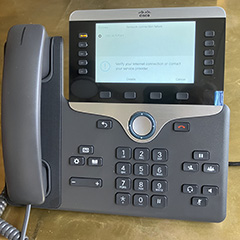
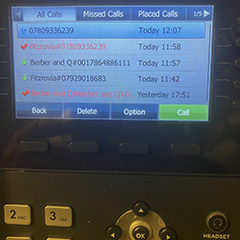
Most VoIP suppliers charge an installation fee and then a monthly hosting fee per handset. There will also be the cost of new digital handsets. These can be purchased outright or supplied on a monthly rental. For a small systems, the cost is pretty low. For marginally more than the cost of a few analogue lines, you can get a full feature phone system with auto attendants, call routing, multiple extensions and answer phone mailboxes.
I tend to like to upgrade the sites backup circuit to a SoGEA circuit first. Then I switch the LAN Internet Service provision to this circuit. Only then do I cease the primary circuit and port the analogue phone bearer line number we want over to the VoIP system. Alternatively, if there is no backup circuit at the site, I prefer to install a new SoGEA circuit and getting it working before ceasing or upgrading the circuit with the analogue phone number. It is usually possible to do this in one upgrade procedure, but I like to keep mission critical system change overs as redundant as possible. Doing it in two stages means any issues are easier to deal with if they arise.





